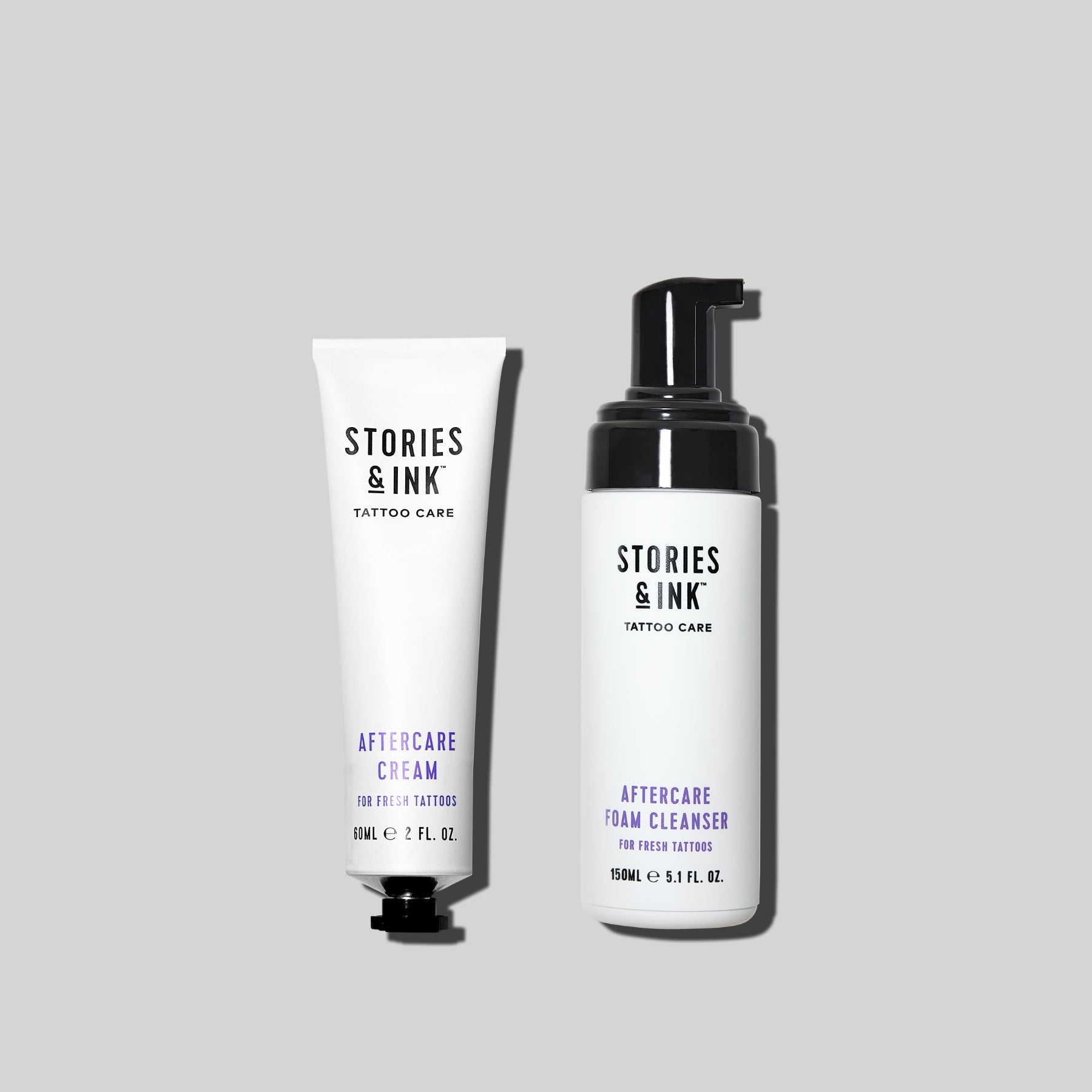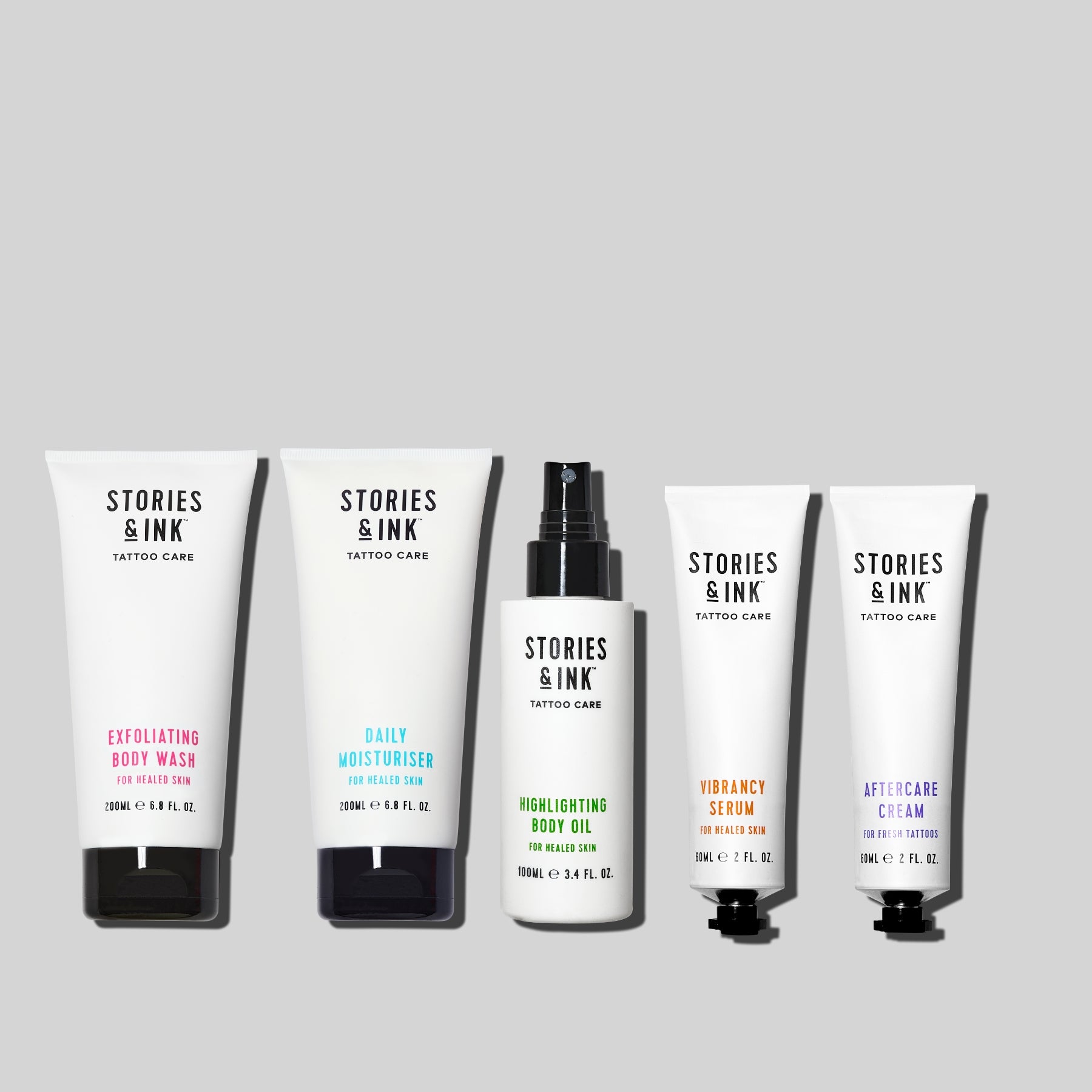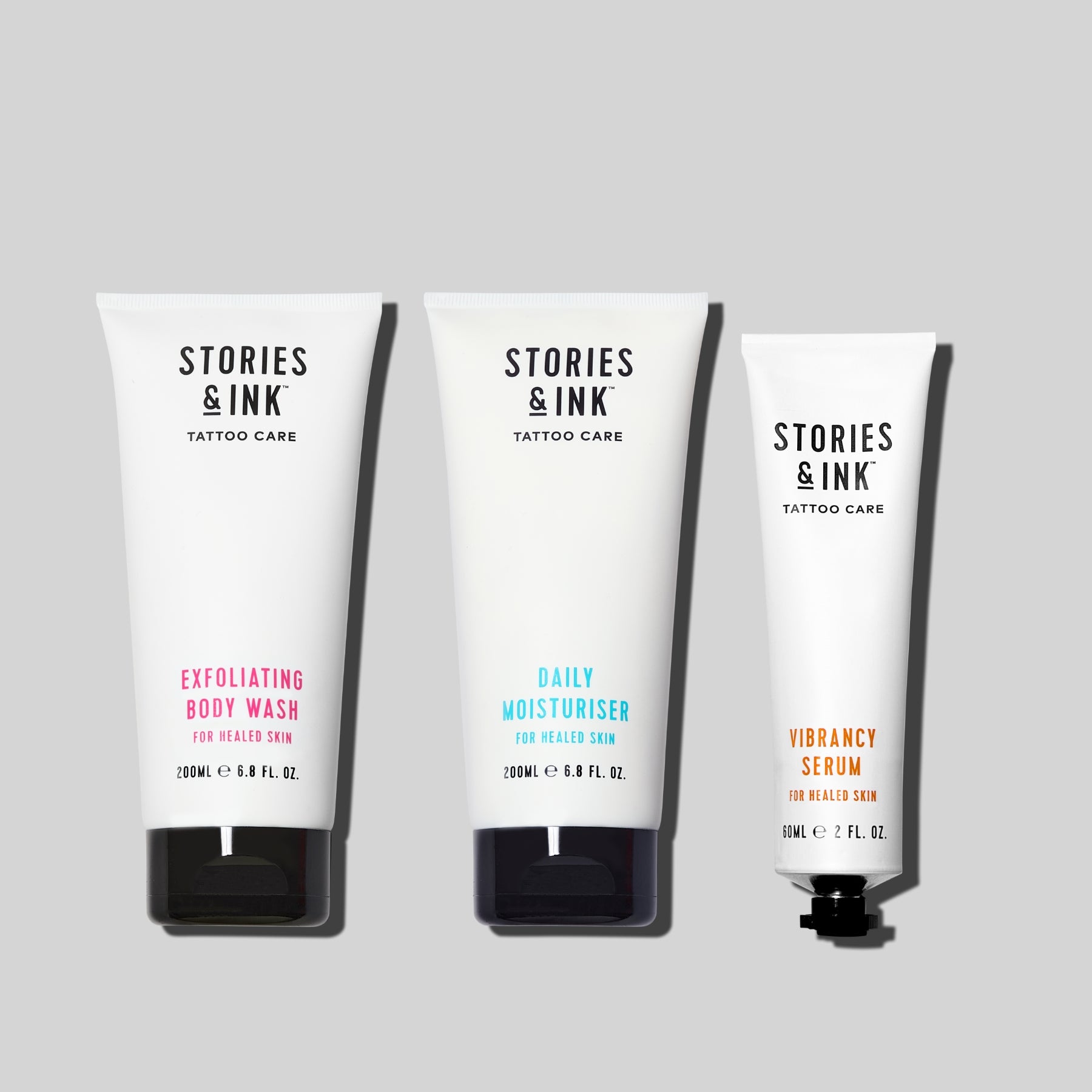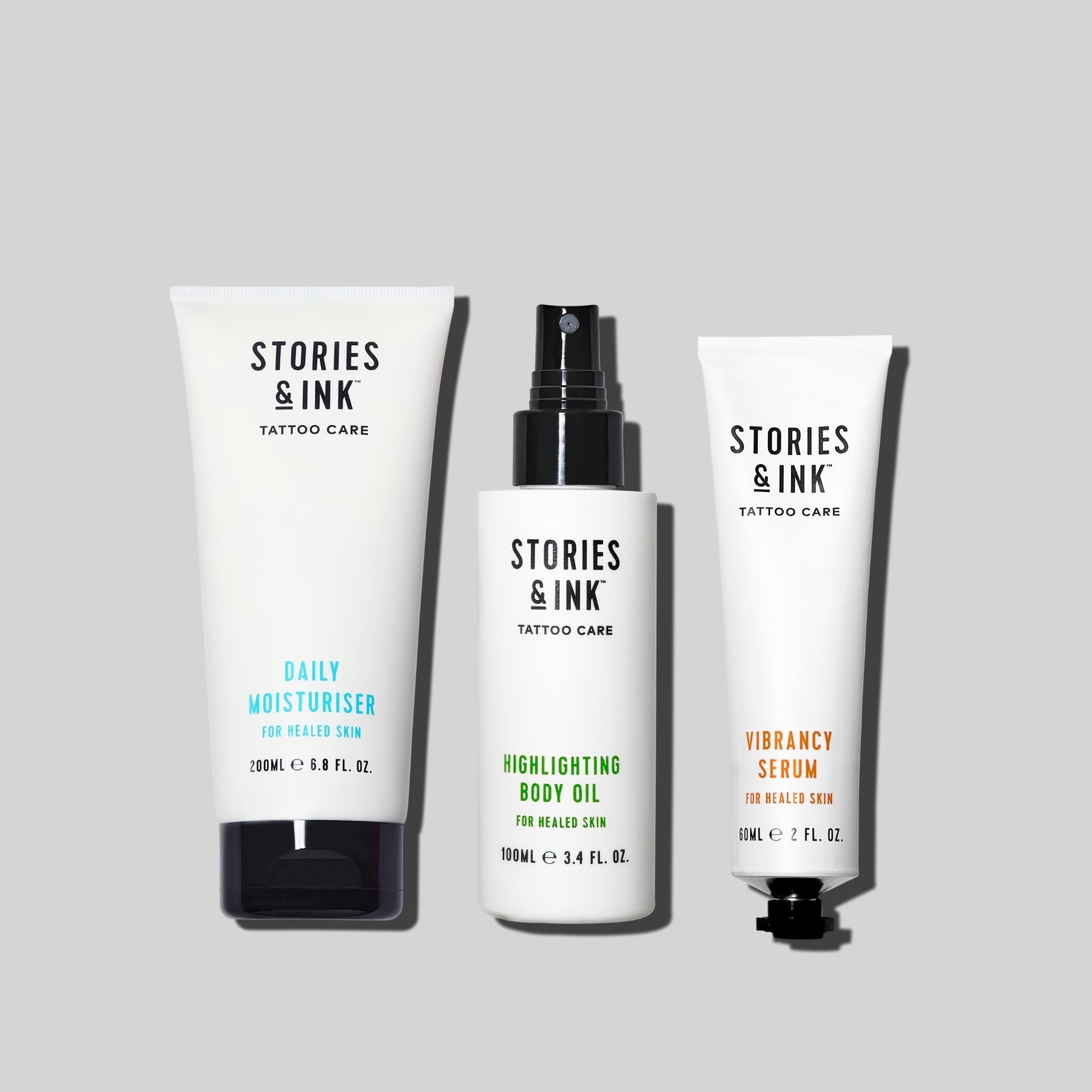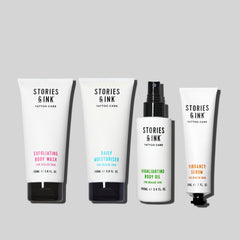 Jessie Knight tattooing: photographer unknown
Jessie Knight tattooing: photographer unknown
Jessie Knight was born in Croydon in 1904. Her father learnt to tattoo while traveling as a sailor, and shared the skill with her.
Back on dry land, he became a sharpshooter and travelled the UK with circuses. Jessie was also involved in the circus with her family, as a sharpshooter dummy for her father, which resulted in her being shot twice, and later had her own moment in the spotlight as a bareback stunt horse rider.
Jessie was passionate about tattooing, and learnt the trade from her father, but also as an apprentice under tattooist Charlie Bell. When her father returned to sea in the 1920’s, she took over his tattoo shop.
With the invention of the electric tattoo machine in the late 1800s, tattooing was slowly gaining popularity with the upper classes. Royalty and noblemen were known to decorate themselves with elaborate pieces, but all this changed within a few decades.
At the point in time when Jessie started her career as a tattoo artist, tattoos were not commonplace in Britain. Reserved usually for sailors and ‘undesirables’, they were certainly not the norm for young women.
 Jessie Knight tattooing: photographer unknown
Jessie Knight tattooing: photographer unknown
Jessie’s own husband disapproved of her tattooing, leading to a temporary hiatus in her career. His abusive behaviour behind the scenes led to an explosive breakup, with Jessie shooting him after he kicked her dog down the stairs. She soon after opened up her own tattoo shop in Aldershot, in 1936. During the Second World War, tattoos became increasingly popular with both troops and civilians alike, and Jessie had big business.
Jessie made tattooing more accessible, especially for women, who felt more comfortable being tattooed by her than by a male artist. She was the only professional female tattoo artist in the UK for four decades, until a few women began joining her in the 1960s, during a decade of social change in many ways.
Jessie worked without stencils, instead using a matchstick dipped in ink to draw the designs onto the client’s skin. Her flash designs were bold and colourful, drawn in coloured pencil. Jessie also reportedly made her own tattoo machines, from doorbells.
In 1955 Jessie entered a tattoo she had made into the Champion Tattoo Artist of All England competition, winning second place for her depiction of a Highland Fling covering a man’s back. Although she didn’t win the first prize, it was nonetheless a huge achievement, as at the time there were only a handful of female tattoo artists in the whole of Europe.
Jessie, despite her fame, was hounded by other artists jealous of her success. They targeted her with cruel rumours about her, claiming she didn’t sterilise her equipment, and had her designs stolen numerous times. To avoid this, she began keeping her artwork in a trunk that she would sit on while tattooing.
She continued tattooing into the 1980s, and died in 1992, in Barry, Wales, where she first began tattooing 60 years before.
